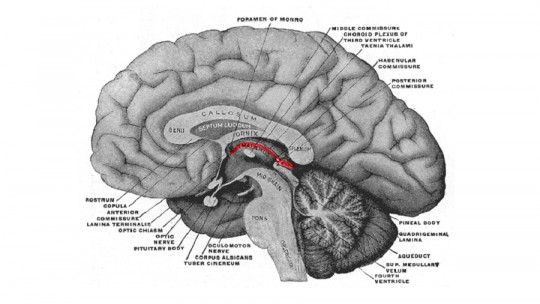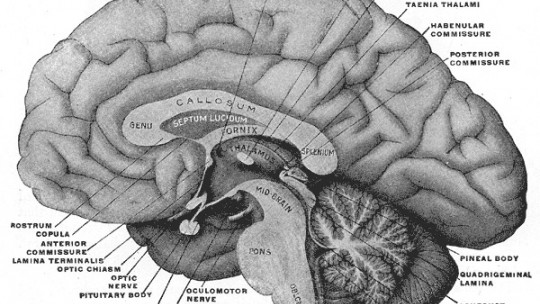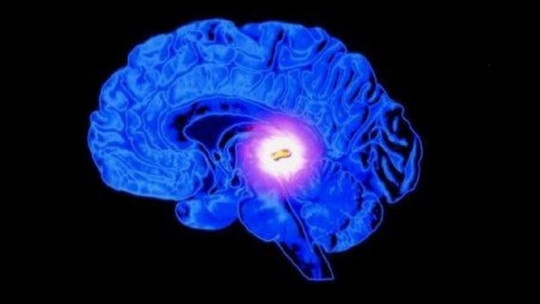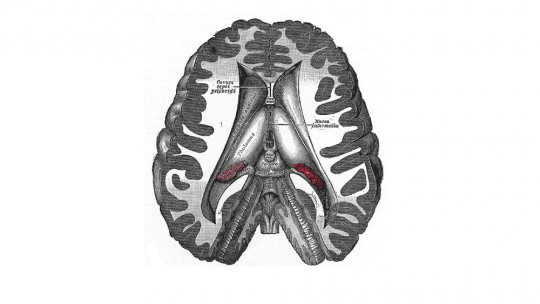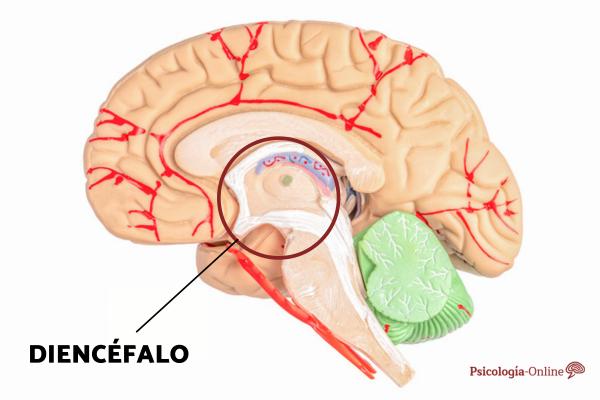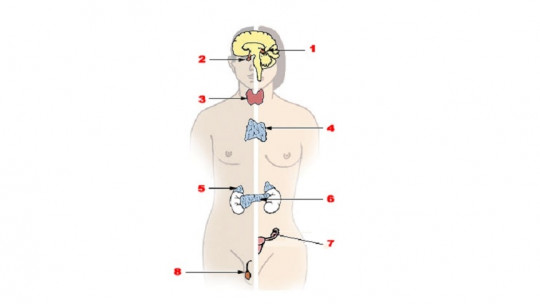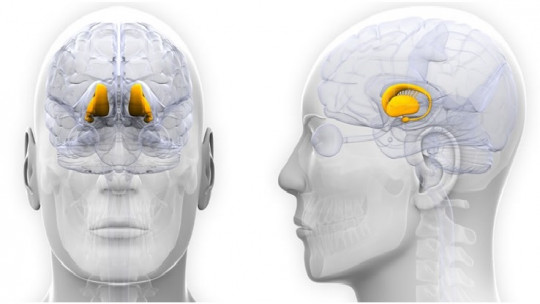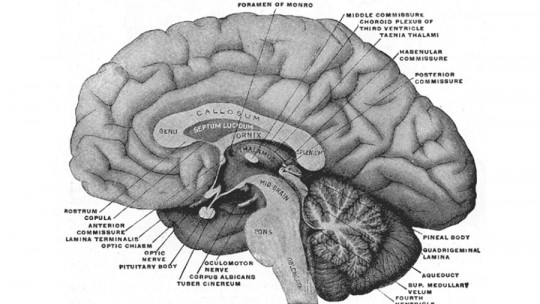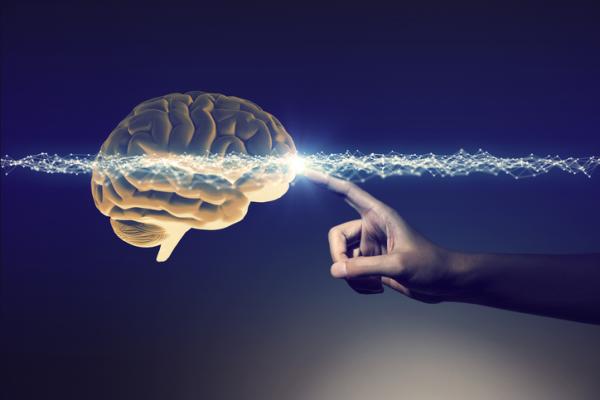
As we well know, it is said that the brain is the great unknown since it has endless functions and characteristics that even until now have not been able to finish studying. One of the parts of the brain that is interesting to know and investigate is the pineal gland, this gland that is also known as “the third eye” in a more spiritual context, is located inside the brain of most invertebrate species. Descartes named this gland the seat of the soul since it was considered by him to be the source of power for our brain.
In this PsychologyFor article we will talk about Pineal gland: functions, diseases and their symptoms We are going to tell you in detail everything about this brain gland.
Pineal gland or epiphysis: functions
It is a fairly small gland, approximately the size of a grain of rice, which begins to appear and develop from week 7 of gestation until 2 years of age, however its weight increases until adolescence. The pineal gland is highly related to mental health and among its main functions is the production of melatonin.
The pineal gland is also called the regulator of cycles and is responsible for carrying out different functions in the body. The main function of the pineal gland is to produce melatonin. Melatonin is a hormone responsible for regulating the sleep process and it is also produced by serotonin. Next, we will describe all the functions of this gland in greater detail:
- Regulate the circadian rhythmor the body. As mentioned above, since it is responsible for producing melatonin, it sends the body signals that make us feel tired or sleepy at certain times of the day as well as more active and alert.
- Regulates emotions. It helps prevent some sleep or depressive disorders from occurring. This gland also causes certain hormones to be generated such as endorphins, which are responsible for increasing our happiness and emotional well-being in general.
- Bone metabolism. It is essential to increase bone mass and prevent diseases such as osteoporosis from occurring.
- Sexual maturation. It is very important when establishing when the onset of puberty will be because it delays it so that the person’s transition from being a child to becoming an adult is correctly managed. In short, it regulates the beginning of maturation and the sexual motivation of each individual.
- Skin pigmentation. The melatonin produced by this gland is related to the skin tone of many species.
- Mental functions. It has been found that this gland is related to concentration and memory, having an effect on people’s cognitive functions.
In the following article you will find How to activate the pineal gland.

Pineal gland: diseases
When the pineal gland does not function correctly, certain diseases may appear in the affected person, among the main ones are the following:
- Mental disorders. The main mental disorders that may appear in this case would be sleep disorders as the person’s circadian rhythm is altered. On the other hand, depressive disorders are also found when the brain does not release enough endorphins, which, as we have already seen, are the hormones responsible for psychological well-being and happiness.
- Osteoporosis. A poor functioning in the production of bone mass would lead to diseases like this, seriously deteriorating the bones.
- Tumors or cysts in the pineal gland
- Deficits in cognitive functions
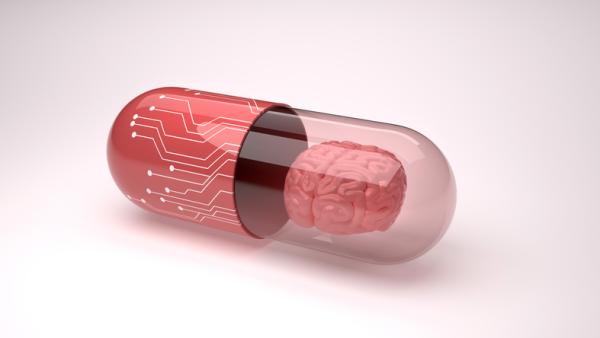
Disorders related to the pineal gland: symptoms
When we have a deficiency or problem related to the pineal gland, we can detect it if we pay attention to a series of symptoms that could be indicating it to us. Some of the symptoms that may indicate a deficiency in the pineal gland are the following:
- To experience sudden changes in rhythm circadian or sleep, which can be noticed when problems appear in sleep, being very active and not being able to rest enough, being tired all the time, etc.
- Nausea headaches that can be easily confused with migraines, tremors and even vomiting.
- Osteoporosis
- Frequent changes in the menstrual cycle and ovulation in the women.
- Experience a emotional imbalance that generates discomfort and dissatisfaction.
Explanatory video about the pineal gland and its functions
This article is merely informative, at PsychologyFor we do not have the power to make a diagnosis or recommend a treatment. We invite you to go to a psychologist to treat your particular case.
If you want to read more articles similar to Pineal gland: functions, diseases and their symptoms we recommend that you enter our Neurosciences category.

